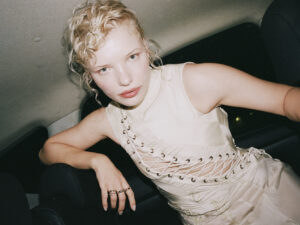The future belongs to these artists. “Which body would you like to occupy today?”
The economist Shoshana Zuboff summarizes developments in the digital age with the term surveillance capitalism: “Digital connectivity is a means to other people’s business goals.” Companies collect data, elections are manipulated. Between artificial intelligence and human emotion, the future seems uncertain. For artists born around 1990, the internet and social media are a matter of course. They not only ask how technological developments affect their lives, but they also search for answers to these questions through their art.




